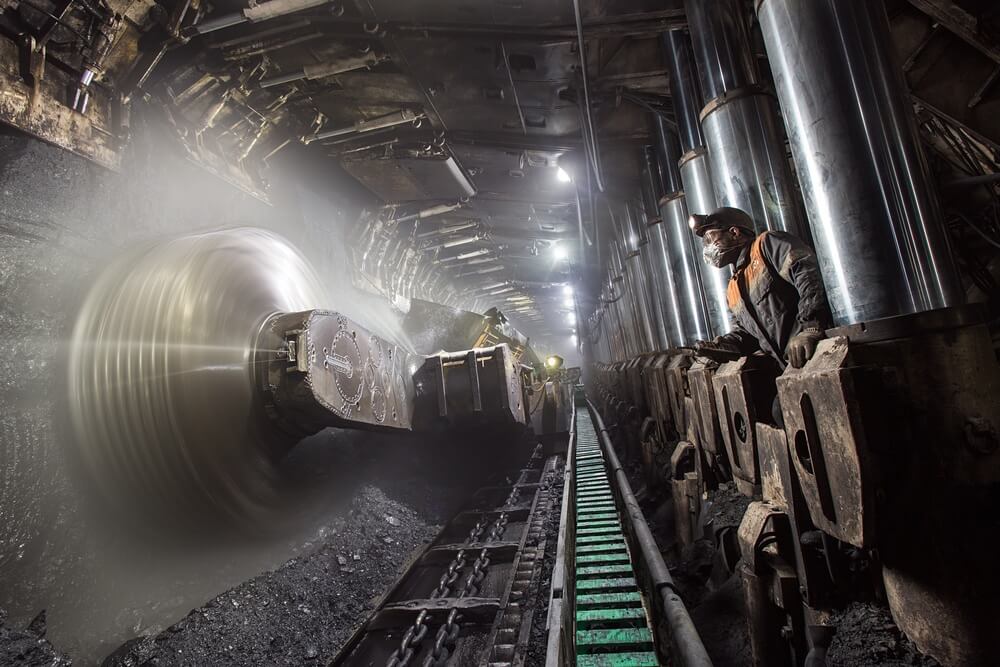In any mining operation, uncharted areas must be investigated and assessed to ensure both structural integrity and complete employee safety. These areas, however, might be gas-ridden and the use of standard gas detection equipment could be unfeasible if these areas are cramped and compact. In these instances, Glyn Jones, Group CEO of Trolex, argues, mining operatives need a wireless and portable gas detection solution that can provide real-time analysis of the atmosphere, and connect to a mine-wide gas detection system, giving them complete control over operations.
Hauling standard equipment to these sites is time-consuming when balanced against the speed and capability of a wireless, portable gas detection solution, while advancements in wireless technology has meant the use of these portable systems is now much easier.
Jones continues: “So, what exactly are the benefits of a truly wireless and portable gas detection solution? Without doubt, wireless detection systems have become a much more attractive proposition to the mining industry ahead of the traditional fixed or hard-wired systems. The key advantage is the portability of a wireless system – especially in a confined environment – added to the fact that they can monitor commercial or industrial units remotely. They also allow for the possibility of using multiple receivers to monitor multiple units of any size within the mining operation. For instance, if operatives need to conduct spot checking and leak testing within a confined environment, older, wired, systems would have made this very difficult and time consuming, requiring operatives to set up multiple pieces of equipment.”
Wireless systems means tests can be carried out from a safe and remote location and steps taken to rectify any leak issues without putting workers in danger. Unlike traditional wired detection units, a wireless unit is much easier to install within an area and the unit just needs to be mounted and turned on, without the need for wiring monitors to sensors and then to external power sources. “The lack of wires within a portable unit also increases the safety aspect of using these devices, by reducing the risk of damaging the system or injuring the operator if a connection comes loose – either during the installation or whilst the device is being used. More modern wireless devices are also incredibly accurate, so operators can be assured of their safety.”
Being able to use a personal gas detector for instance means operaters can easily move around new environments within a mining environment, while constantly monitoring for multiple gases and hazardous elements. While the safety aspect of a wireless gas detection unit is always going to be the main focus, there is also a cost effectiveness and process improvement aspect to using these modern machines.
“Removing the need for wireless connection, means that operations managers do not require for an electrician trained operator to be on scene and the ability to bring a monitoring system on site and instantly connect it to multiple other devices means extra connectors and power sources are not required. This also removes the time it would have taken to install connectors and power sources within the areas of the mine.”
When it comes to wireless devices in mining operations, connectivity and security has always been a major issue, as losing connections to a device during an operation can instantly put workers at risk. “Advances in secure access and the ability to bring in data more accurately has made connectivity with other devices more possible wherever these devices are being used while it is always ensured that connections will not interfere with the operations of other systems.”











